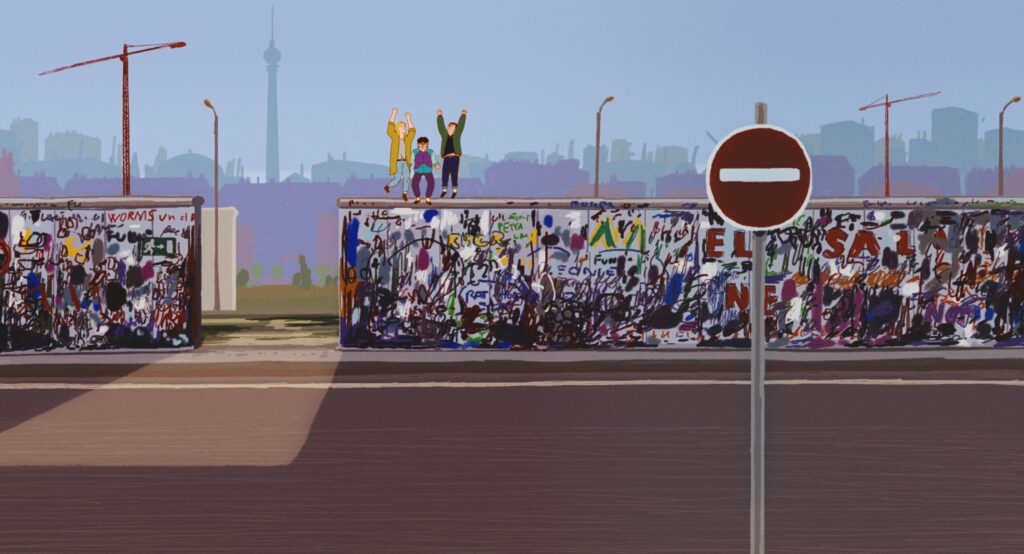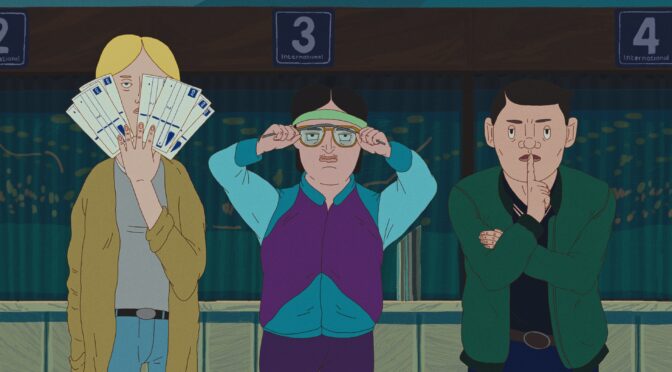Article by Marco Di Pasquale
Translation by Carolina Criscuolo
It’s tough to picture what thousands of young people must have felt when, after years under the regime, they suddenly had the chance to cross their country’s borders and freely explore cities like London, Paris, Rome, Madrid, or Amsterdam. It’s not surprising that László Csáki wanted to create an animated documentary to leverage drawing possibilities and convey the feelings of an entire generation in Hungary during the 1990s, following the breakup of the People’s Republic and the Soviet Union.
At that time, the eagerness of young people to cross those newly opened borders collided with the expansive price of tickets to leave the country. Amidst the voices of interviewees, animation, and some authentic Super 8 footage, László Csáki’s film tells about the stories of a group of young people specialised in forging railway tickets in a personal manner.
While the director, through his drawing style, demonstrates how animation can once again serve as an excellent ally in documentaries, the film’s surprising expressive power comes to the forefront when juxtaposed with live-action shots. Although the content of these images may seem unremarkable, their strength lies in the brisk pace. In fact, brief glimpses of real-life moments flash for just fractions of a second, abruptly inserted among Csáki’s animated drawings showcasing hands, cards, stamps, ink, and various objects. On the one hand, these fleeting interruptions, with their rhythmic cadence, highlight the emotions of a particular character — be it concern, happiness, or excitement. On the other hand, they infuse the entire film with a rapid, often almost nervous tempo, in contrast to the animation.

The strength of Pelikan Blue lies in its editing, which skillfully orchestrates the alternation between animation and Super 8 inserts: this allows it to highlight specific moments in the feature film. The euphoria of those young people, suddenly swept up by a wave of possibility and freedom, driven by the desire to explore the world beyond the Iron Curtain even at the risk of imprisonment, emerges from this whirlwind of diverse images. Perhaps it’s no coincidence that, despite the myriad possibilities offered by animation, Csáki chooses not to showcase any of the foreign places mentioned above: they will eventually be reached by the young people of that era. Instead, he opts to remain physically in Hungary, representing it through the emotions and impulses of a generation.

